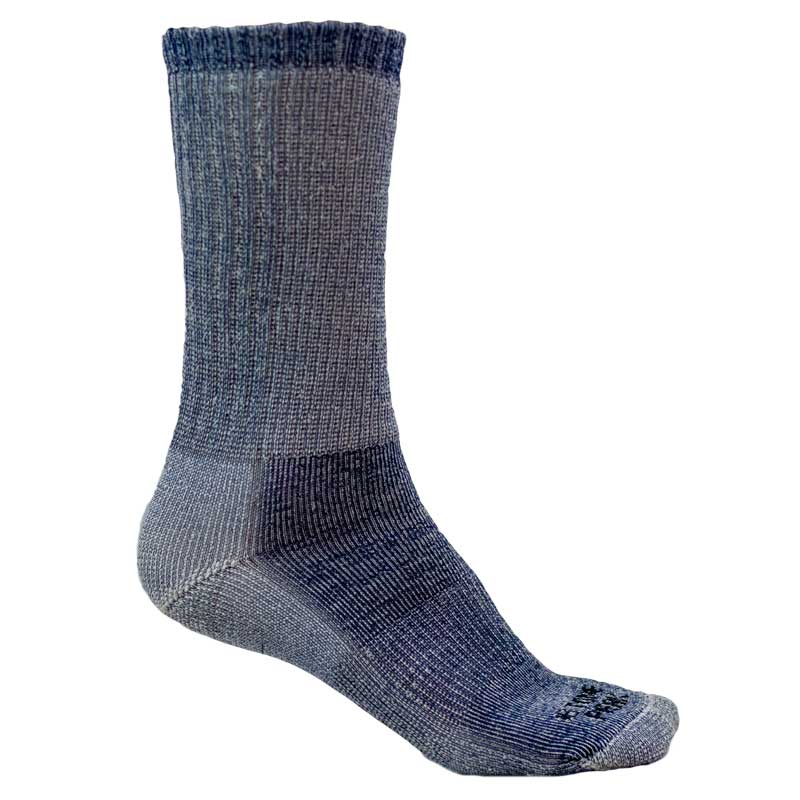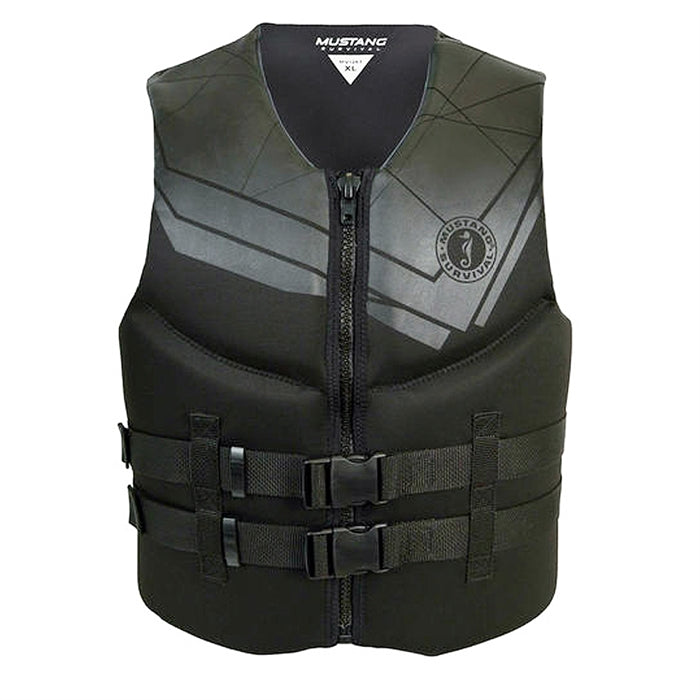Menu
A flexible, fashionable PFD!
Mustang Survival Canada' Horsepower PFDs are constructed with high-grade neoprene. This PFD is designed for serious days on the water. It features tone-on-tone tribal seahorse artwork, and has one of the most flexible fits you'll find in the watersport vest market.
Click here to see more info on choosing and caring for your New PFD in our Blog entryDetails
TC Marine - CAN/CGSB 65.11 - Adult PFD Canadian Department of Transportation Approved.
- High-grade neoprene for soft, comfortable fit
- Front entry with zipper and buckle closure for a secure fit
- Triple-secured front closure
- Two waist belts for snug fit
- Large armholes enhance mobility
- Split tail reduces ride-up
PFD Info
There is a difference between a life jacket and a PFD (personal flotation device). Quite often people will say Life-Jacket, when what they mean is PFD. Most camps use/require PFDs, as opposed to Life Jackets. A PFD is designed for constant wear where comfort and flotation are the critical issues. A PFD will float you, but not self-right you (turn you over in the water). A life jacket will turn you face up in the water, but the foam filled varieties are bulky and less comfortable to wear. Typically, life jackets are horseshoe shaped in design and slip over your head with all of the flotation in the front of your body up around your neck.
Sizing Chart
More Info
Personal Floatation Devices care, maintenance and guidelines.
Always store your boating equipment and garments in a dry and well-ventilated area out of direct sunlight, and be sure to avoid stowage in areas that are prone to high humidity or significant temperature fluctuations. Products should be examined each year or whenever there is reason to question the safety provided. Review the product using the following garment condition indicators:
Buoyancy - Test the product in a controlled in-water situation. Ensure an observer is monitoring and that the test is conducted in a calm water environment. A well-functioning personal flotation device’s (PFD) buoyancy should keep your head safely out of the water. Foam Liners - Check shoulder and sleeve areas for separation or slippage Seams - Inspect seams to ensure they are not separating, tearing or fraying Zippers - Movement should be easy and have good overall condition. Fasteners - Snaps, buckles and Tug-Tites® should all be in good working order Improper Storage - Mold or mildew should not be present and storage in a compressed state or near heat may indicate damage UV Damage – Indicated by significant discoloration or bleaching that weakens the exposed materials
You might also like:
- Choosing a selection results in a full page refresh.











